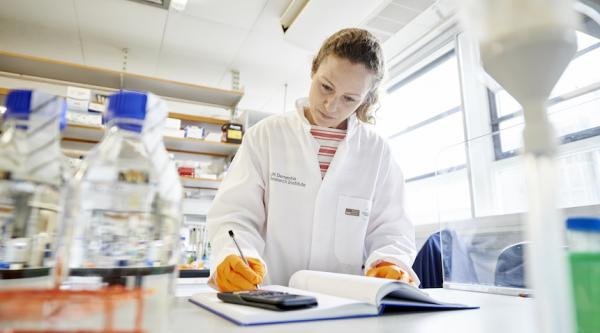Getting a diagnosis of frontotemporal dementia
Frontotemporal dementia (FTD) can be hard to diagnose, because it is an uncommon type of dementia and does not cause memory problems at first. However, there are some ways to diagnose FTD including scans and genetic testing.
- Frontotemporal Dementia (FTD)
- Who gets frontotemporal dementia?
- You are here: Getting a diagnosis of frontotemporal dementia
- What treatment and support is there for frontotemporal dementia?
- Frontotemporal dementia - other resources
Frontotemporal dementia
Why is FTD hard to diagnose?
Frontotemporal dementia is much less common than other types of dementia and often has different early symptoms. This means FTD can be hard for doctors to diagnose as they may not recognise its symptoms as dementia.
Most changes in behaviour or personality caused by FTD may not be very obvious at first. These kinds of symptoms – for example, risk-taking, loss of social or sexual inhibitions, or obsessive behaviour – can sometimes look more like the person is going through a difficult or emotionally-challenging time.
Also, if the person is under 65, doctors may not expect to see dementia in someone so young.
Even if changes in behaviour are understood as medical symptoms, they may be mistaken for depression, schizophrenia or obsessive-compulsive disorder. Problems with language or movement may also be misdiagnosed.
If a person is showing some of the symptoms mentioned in this factsheet, they may want to ask their doctor to explore FTD as a possible diagnosis – especially if they have family members with the condition.
How is FTD diagnosed?
Getting assessed for dementia
If you or someone close to you is having memory or language problems, or feeling confused, it’s a good idea to visit your GP for an assessment. Find out more about this process.









Blood tests and a full physical examination are important to rule out other possible causes of symptoms.
A specialist – normally an old age psychiatrist or neurologist – may think a person has FTD after talking to them and to someone who knows them well. The specialist will take a detailed history of the person’s symptoms and ask questions to understand the person’s behaviour and abilities better.
Standard tests of mental abilities, which mostly focus on memory loss, can be less helpful in diagnosing FTD. More specialised tests of social awareness or behaviour may be needed.
CT (computerised tomography) and MRI (magnetic resonance imaging) scans are used to see what parts of the brain are most damaged. They can also rule out other possible causes of a person’s symptoms, such as a stroke or tumour.
If further tests are needed, more specialised brain scans will be carried out, such as PET (positron emission tomography) and SPECT (single photon emission computerised tomography) to measure the person’s brain activity.
These scans are useful as they may find lower activity in the frontal and/or temporal lobes before a CT or MRI scan can find changes to the brain tissue of these lobes.
Further tests may include a lumbar puncture, which involves collecting and examining liquid from inside the spine and is carried out mainly in younger people.
A specialist may recommend that a person with FTD symptoms has a genetic test. This can show if the person’s condition is caused by a specific faulty gene.
Knowing this can help the specialist to make a more precise diagnosis and to better understand the changes that are happening in the person’s brain.
Having a genetic test can have a serious impact on a person and their family so genetic counselling will always be offered before a test.
After a person dies, it is possible to make a more certain diagnosis of FTD. This is because the brain can be seen directly in post-mortem examinations.
These can also help researchers to better understand how FTD affects the brain.